Walking the Labyrinth at St. Michael’s
Not long ago I had the experience of walking the labyrinth in my church, St. Michael and All Angels. Chris, our rector, had unfolded our cloth labyrinth and spread it out in the parish hall. She had given us exercises for discussion before and after walking. I had waited to walk because I had some choir business to resolve, and by the time I came back into the room, most people had already walked the labyrinth and were talking about their experiences.

When I started walking, I found the path much longer than I had expected. Those who had finished were situated in their little discussion groups, and I was aware that they could see me walking alone. I felt exposed and self-conscious, sort of the way I feel in a restaurant when I’m eating alone. At one point in the outer circle, the guidelines seemed to run off the cloth and I felt anxious that I wouldn’t be able to follow them. At another point my path came close to the center and then abruptly veered off. Just when I thought I was almost there I was thrust back to the periphery.
I decided that I must have been doing it wrong because even though I’d followed the lines as best I could, the whole point was to reach the center, and yet I was farther away than before! Irritated and thinking decidedly irreverent thoughts, I trudged on, when it suddenly occurred to me that this was supposed to be a meditation, and the idea was to approach it prayerfully. Instead, I was approaching it anxiously, tentatively, and impatiently. But, ah, there was the path that lead right to the center, and I could thank God that I had made it. Now, I just had to figure out how to get out. For that, I decided, I should relax and let the labyrinth itself guide me.
From Myth to Metaphor
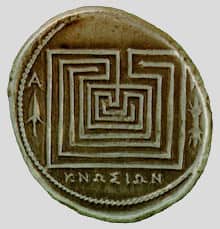
According to legend, King Minos of Crete commissioned Daedalus, the master architect and inventor, to design the great labyrinth at Knossos. Evidently, the whole palace and temple complex at Knossos was in the shape of a labyrinth, but it was destroyed several times, and finally abandoned by the 13th century BCE. Few traces of the original remain. Although the labyrinth at Knossos is one of the most famous ones, it was by no means the oldest. Archeologists have discovered labyrinths dating back at least 4,000 years.
Unlike a maze, where the voyager has multiple routes to choose from, the labyrinth has only a single path to the center and back to the outside. But there are several U-turns and other hazards along the way. Each time the pilgrim encounters a U-turn, it seems like the path is going nowhere, as if you have made a mistake and are forced to back-track. Sometimes the path leads dangerously close to the edge and you feel as though you might fall off. At other times you come close to the center, only to be pushed out and away, along some new track.
Most of us walk this path unconsciously on a daily basis, aiming for some kind of goal at the center. But we’re not always aware of what it is that we walk toward or why. It could be success, the completion of a project, or the development of a skill. On a deeper level it could be toward some kind of resolution, perhaps the answer to a burning question, the revelation of divine mystery, or even enlightenment.
The Beast at the Center
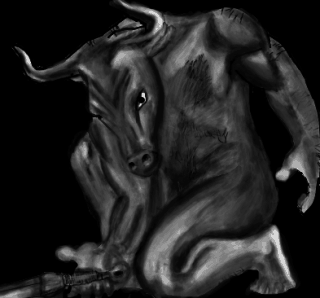
In ancient mythology, the Minotaur was at the center of the Cretan labyrinth, placed there by King Minos to keep it from rampaging the populace. The Minotaur was appeased each year by the sacrifice of several young boys and girls. Half man and half bull, the Minotaur was a creature out of control who fed on human flesh. It sounds a lot like cancer.
Many of us are thrust into this labyrinth by the circumstances of life: our genes, our environments, our emotions and reactions, or some unknown factor, only to find cancer at the center. There begins the journey toward healing, with all of its apparent dead-ends and its mysterious twists and turns. But this is not a maze, a puzzle to be solved by trail and error — it is a continuous journey.
The Sacred Journey
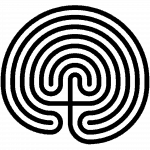
At some point the pilgrim realizes that this is a sacred journey, and what is required is to be completely open to the spirit of guidance. Sometimes this realization comes at the moment of diagnosis. Other times it comes at critical moments along the journey, or it may come only after the healing takes place. It is important to remember that the healing may not be physical. It may be emotional or spiritual, but a true healing nonetheless.
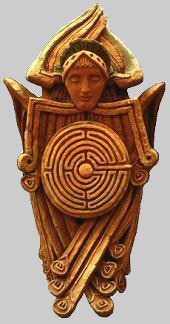
I believe that Jack’s remarkable healing from esophageal cancer and the concomitant healing of our marriage was a sacred journey. We had both wandered along the labyrinthine path unconsciously for many years, only to find ourselves confronted head-on with the beast. The first attempt was to slay him like Theseus, the Athenian hero, this time with the double sword of chemotherapy and surgery. But this strategy did not work for Jack, and taming the beast appeared to be the best approach, both for his cancer and for our marriage.
With the help of an excellent therapist, spiritual healers, some innovative healing techniques, and our own solid commitments, we navigated the long journey toward healing. At the end, we could see the hand of divine guidance all along the route.
*Certain photos and graphics courtesy of Labyrinthos, a comprehensive resource center for mazes and labyrinths, including history, photos, and design and consulting services.
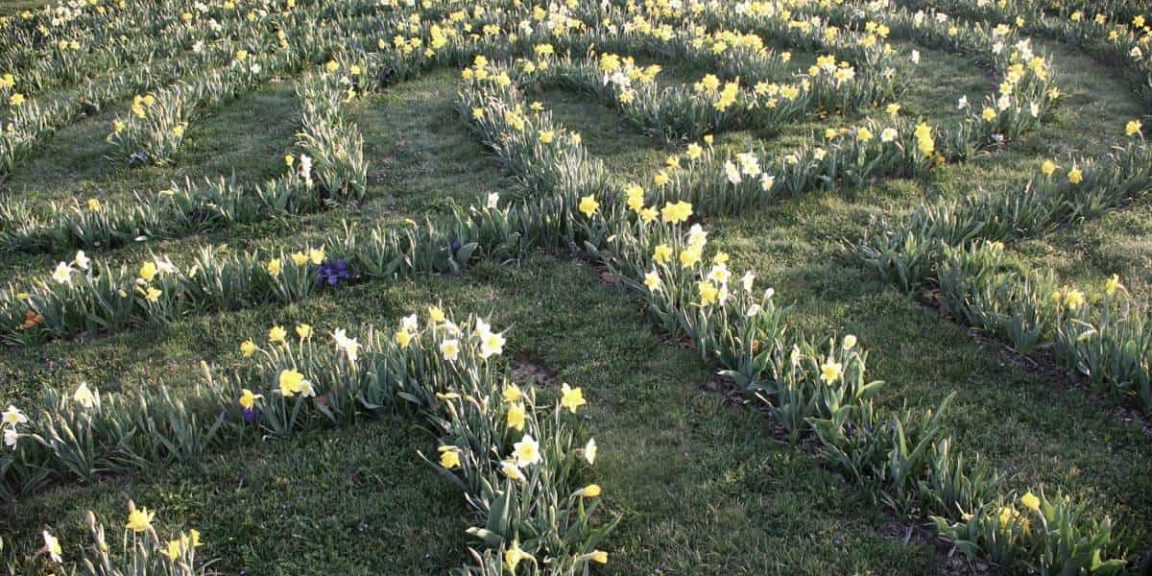
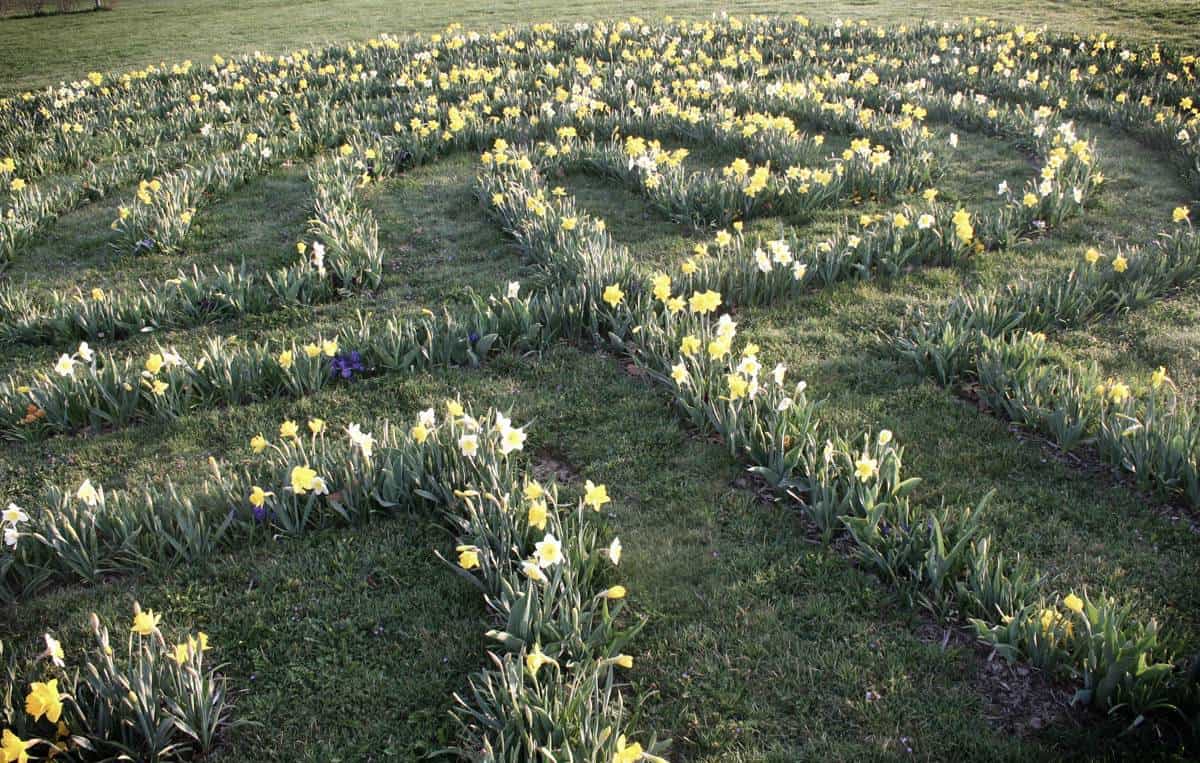
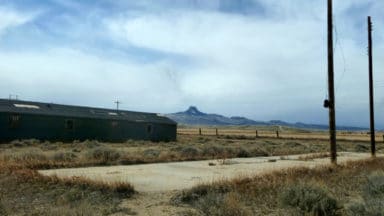

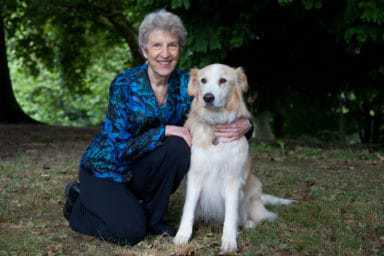

6 thoughts on “The Labyrinth and Serious Illness”
Always a pleasure and a joy to read your blogs………….. this is so pertinent to life. Thank you Alice x
Dearest Alice,
There are so many goodies here! My hour with your website has been very rich fare. You are doing so much good work–using the technology to tell your story and provide your readers with information drawn from experience and study and inspiration.
Paul and I are thrilled that we will be seeing you soon.
P.S. Last summer we were in Santa Barbara at a retreat center. There was a labyrinth, which I walked every morning. After walking I sat on the wooden bench to reflect on the experience and on my life. As I age, I am finding it easier to be reflective and mindful. Perhaps this is one of the gifts of advancing age.
Looking forward to our time together!
Tonette
My gosh, Alice, I couldn’t get through the entire blog because I’m still pondering the first three paragraphs! Glad you’re writing!
Cheryl
OK. Keep reading!
lovely piece……I have had such varied experiences with labrinths around the world……my first experience was 20 some years ago during a workshop led by Deacon Marla McNary Lawrence held at the retreat center in Mount Angel – I felt as though I was walking through the stages of my life up to that point…….with vivid images of major life events accompanied by powerful emotions. Subsequent experiences have been more gentle and meditative – some calm and peaceful, some distracted and unfocused. I especially love outdoor labrinths…….always interesting
Thanks, Jeanne. It sounds like you’ve had lots of experience with labyrinths. Take a look at the Labyrinthos.net website to see some marvelous outdoor labyrinths, especially the ones they have designed.